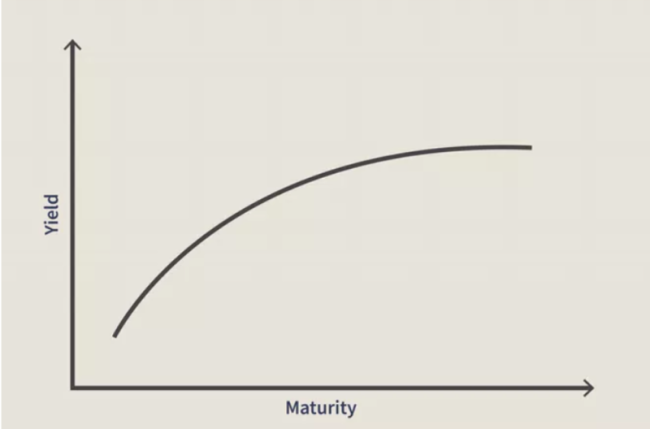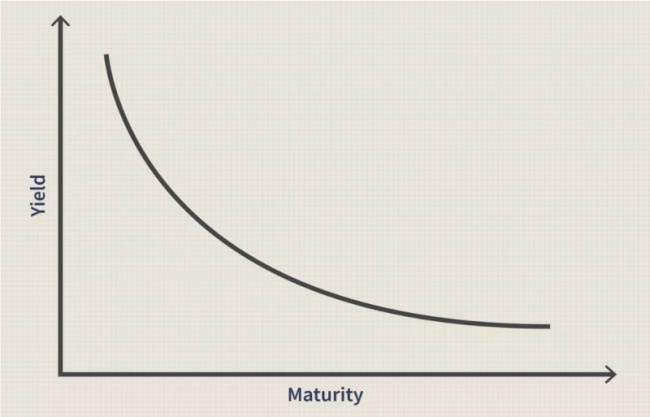Disclaimer
Please read this important information before proceeding further. It contains legal and regulatory notices relevant to the information contained on this website.
The information contained in the Website is NOT FOR RETAIL CLIENTS - The information contained in the Website is solely intended for professional investors, defined as investors which (1) qualify as professional clients within the meaning of the Markets in Financial Instruments Directive (MiFID), (2) have requested to be treated as professional clients within the meaning of the MiFID or (3) are authorized to receive such information under any other applicable laws. The value of the investments may fluctuate. Past performance is no guarantee of future results. Investors may not get back the amount originally invested. Neither Robeco Institutional Asset Management B.V. nor any of its affiliates guarantees the performance or the future returns of any investments. If the currency in which the past performance is displayed differs from the currency of the country in which you reside, then you should be aware that due to exchange rate fluctuations the performance shown may increase or decrease if converted into your local currency.
In the UK, Robeco Institutional Asset Management B.V. (“ROBECO”) only markets its funds to institutional clients and professional investors. Private investors seeking information about ROBECO should visit our corporate website www.robeco.com or contact their financial adviser. ROBECO will not be liable for any damages or losses suffered by private investors accessing these areas.
In the UK, ROBECO Funds has marketing approval for the funds listed on this website, all of which are UCITS funds. ROBECO is authorized by the AFM and subject to limited regulation by the Financial Conduct Authority. Details about the extent of our regulation by the Financial Conduct Authority are available from us on request.
Many of the protections provided by the United Kingdom regulatory framework may not apply to investments in ROBECO Funds, including access to the Financial Services Compensation Scheme and the Financial Ombudsman Service. No representation, warranty or undertaking is given as to the accuracy or completeness of the information on this website.
If you are not an institutional client or professional investor you should therefore not proceed. By proceeding please note that we will be treating you as a professional client for regulatory purposes and you agree to be bound by our terms and conditions.
If you do not accept these terms and conditions, as well as the terms of use of the website, please do not continue to use or access any pages on this website.
Fixed income
Yield curve
The yield curve is a graphical representation that shows the relationship between the interest rates (yields) of bonds with different maturities, typically for government bonds of the same credit quality. It plots bond yields on the vertical axis and maturities on the horizontal axis, helping investors understand how interest rates change over time.
Types of yield curves
There are several types of yield curves:
Normal yield curve
Slopes upward, indicating that longer-term bonds have higher yields than short-term bonds, this can reflect expectations of economic growth and higher inflation in the future.

Inverted yield curve
Slopes downward, where short-term bonds have higher yields than long-term bonds, can be seen as a signal of an impending economic recession.

Flat yield curve
Indicates that short- and long-term yields are similar, suggesting uncertainty in the economic outlook.
The shape of the yield curve is influenced by factors like interest rate expectations, economic conditions, and central bank policies. It serves as a valuable tool for assessing economic conditions, guiding investment decisions, and shaping monetary policy.
Investors and policymakers monitor yield curve movements closely, as changes in its shape can signal shifts in economic growth, inflation, or risk sentiment, impacting both bond markets and broader financial markets.
















